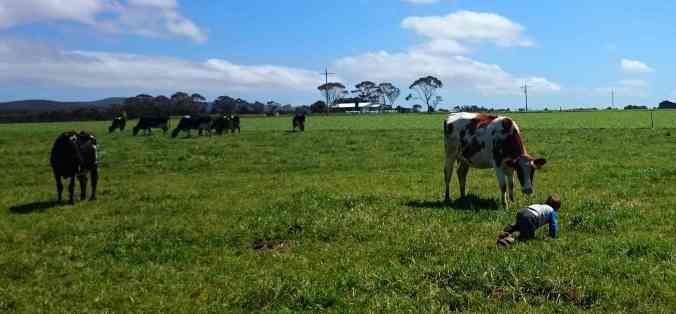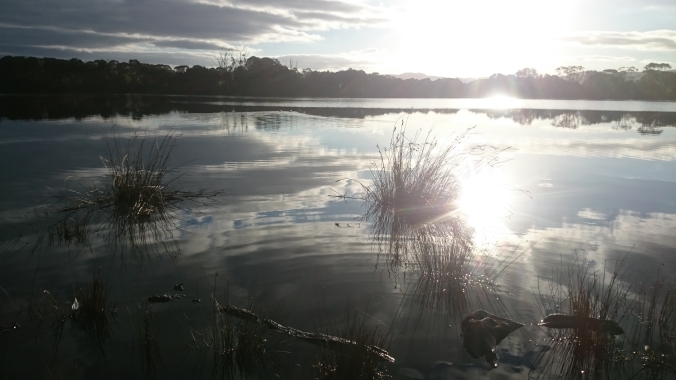
How things have changed. The pastures are finally no longer moisture stressed and neither am I.
In a wintry week that’s likely to see snow carpet our sky line, I’m grateful for hope. The idea of another desolate season on top of 2015 and the corrosive dairy crisis had me all jittery in July.
August pretty much turned things around and the whipping rains in this, the first week of Spring, are welcome. The cows really don’t mind the cold – anything above 18 degrees Celsius is getting warm for them.
We still need a lot more rain. The dam has about a metre to go before it fills and the soils aren’t likely to make it in time for summer.
Soil moisture maps show that the root zone, which is classified as the top metre of the soil profile, remains much drier than usual.
This means that if there are lulls in the rain during the warmer Spring months, it won’t take long at all for the pastures to become stressed and slow their growth.
On the bright side, the Bureau’s three-month outlook has changed remarkably. There had been a low chance of average rainfall during Spring but, now, we have an even chance.
We’ve already locked in some standing silage and hay purchases but this more positive outlook means I won’t be on the hunt for more just yet. I’m keeping my fingers crossed that enough rain falls at the right time to get a good harvest of our own.
In the meantime, we’re keeping the paddocks well fertilised and grazing them to the perfect length to maximise their yields.
Unlike some dairy farmers, we graze according to leaf stage rather than the weight of grass in the paddocks. The kids and I count the leaves on a weekly “farm tour”.
Each plant can grow three leaves before dropping the first one. At the same time, each leaf is larger than the one before it. That means our aim is to let the cows into the paddock right when the grass plants have between 2.5 and three leaves each – the maximum amount of juicy new leaf matter and the minimum amount of waste.
Depending on the variety, this can look very different. Check out these two paddocks. Both were at two leaf stage and photographed this weekend, using my glamorous gumboot as a height indicator.

VS.

Obviously, the second one looks the winner! But of course, it’s not quite that simple (it never is in farming!).
Number 2 is an an annual rye grass, which means it will need to be resown next autumn, whereas number 1 is a perennial rye grass, which should offer up to a decade of faithful service, in the absence of flood, fire and pestilence.
Each time we resow it costs money, adds an element of risk and disturbs the soil, potentially damaging its structure and the good bugs within it.
Also in the perennials’ favour is the flush of “All my Christmases have come at once” growth a sneaky summer thunderstorm can bring long after the annuals have given up the ghost.
So, you see, it’s all a bit of a balancing act. We use these flashy annuals as part of a renovation program. When a perennial is past its best and needs replacing, we spray it out in late Spring, plant a summer crop like millet or a brassica for the cows to graze when nothing else will grow, followed by an annual rye grass, another summer crop and then back to a perennial.
This program allows us to eliminate as many weeds as possible, get lime incorporated deep into the root zone and lift fertility, too.

Delicious summer crop
Nothing’s assured in farming but the tide finally seems to be turning in our favour.






 In April and May, we were using the very last of our dam water in a desperate attempt to get grass out of the ground. Two weeks ago, we had floods and the cows missed two milkings, trapped on the flats despite valiant attempts to bring them home.
In April and May, we were using the very last of our dam water in a desperate attempt to get grass out of the ground. Two weeks ago, we had floods and the cows missed two milkings, trapped on the flats despite valiant attempts to bring them home.




















